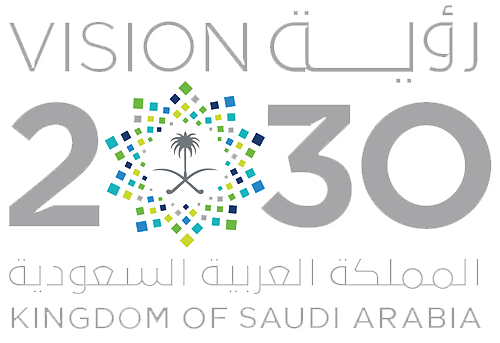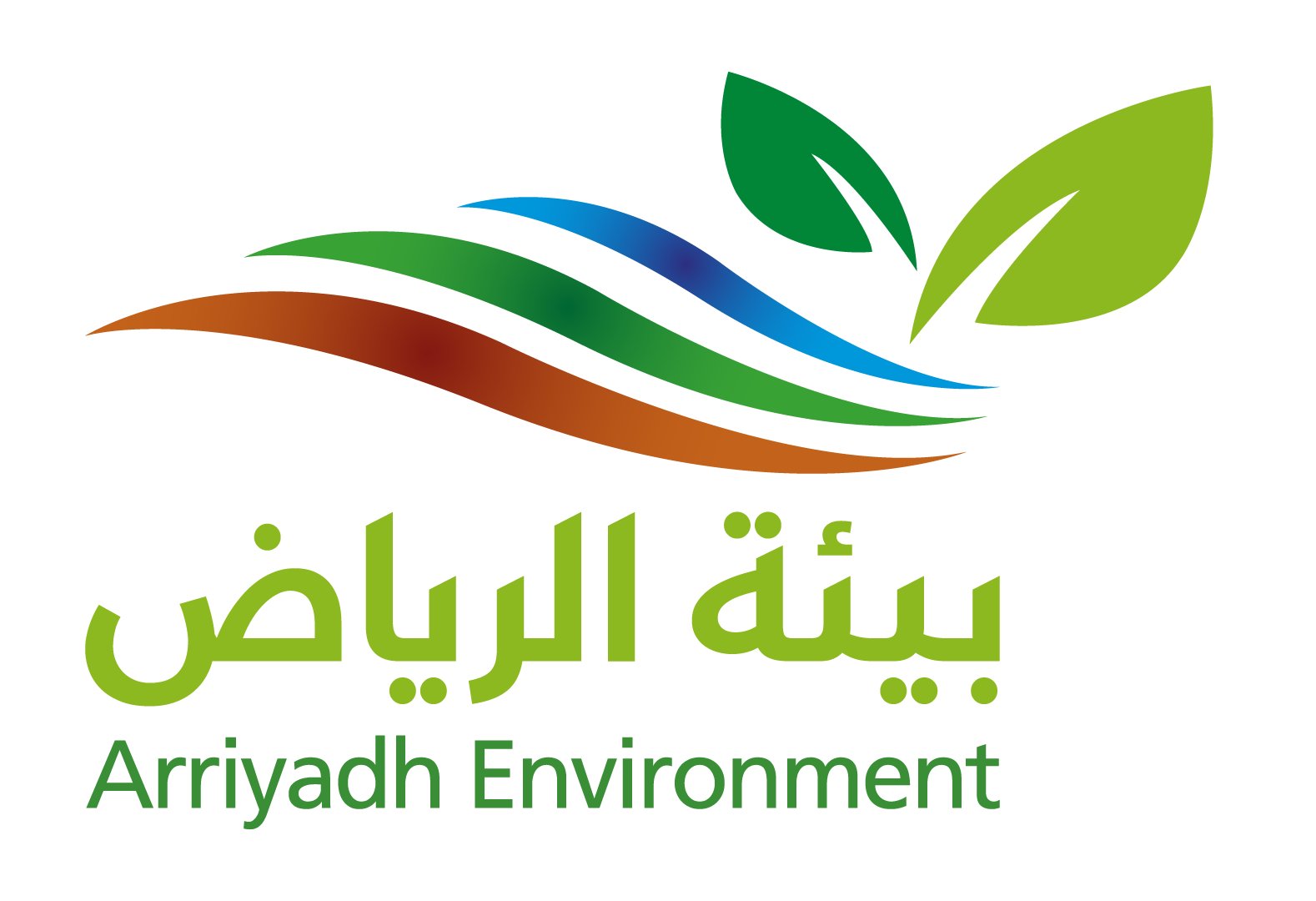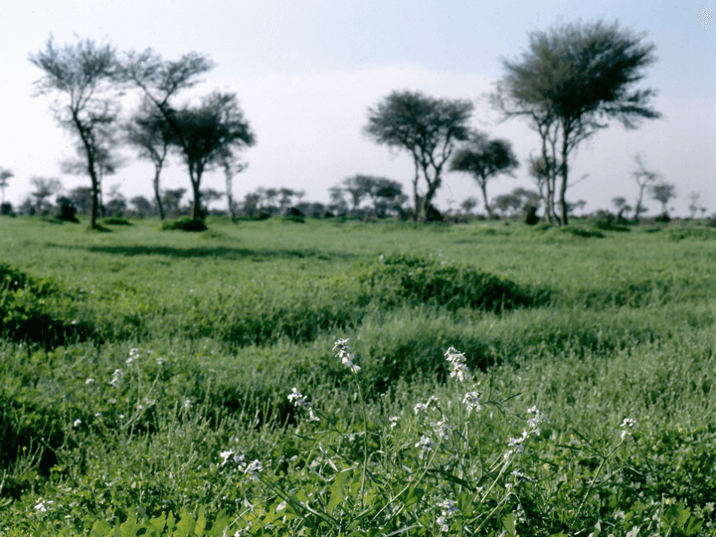



تعد المملكة العربية السعودية من أكبر الدول العربية، بمساحة تبلغ مليوني كيلومتر مربع، مما يجعل تضاريسها متنوعة ومختلفة من منطقة لمنطقة، وتتميّز كل منطقة بأنظمتها وبيئاتها النباتية المختلفة. ومعظم هذه البيئات تعاني من درجات هشاشتة عالية، نسبة لطبيعتها التركيبية، وبالتالي فهي معرضة بشكل أكبر للتدهور بسبب: قلة مياه الأمطار، ارتفاع درجة الحرارة، الري الجائر والإحتطاب الجائر. ونظراً لخطورة هذا الوضع على الغطاء النباتي، بادرت الهيئة العليا لتطوير مدينة الرياض، بإطلاق برنامج لإعادة تأهيل واستزراع الغطاء النباتي، والحفاظ عليه في أماكن انتشاره الطبيعية. وكذلك أقامت العديد من الأنشطة والبرامج والدراسات في هذا النطاق. ويعتبر منتزه الثمامة أحد أبرز المشاريع التنفيذية لهذا البرنامج، والذي يمر بمرحلتين:
وتعتمد برامج إعادة استزراع الغطاء النباتي على الاختيار الأمثل للبذور، حيث أن جمع البذور هو الخطوة الأولى الرئيسية التي تتضمن جمع وتصنيف البذور، والتأكد من صلاحياتها للإنبات. ويمكن الاعتماد على الزراعة المشتلية، لقدرتها على إنتاج شتلات بجودة عالية، لها المقدرة على التكيف تحت الظروف الحقلية، حتى بعد إجراء مجموعة من العمليات التي تزيد من نسبة نجاح الزراعة بالحقل، وبعد التأكد من حيوية البذور، تتم عملية معاملة البذور بعدة طرق لكسر الغلاف المحيط بجنين البذرة، مما يسهل إنباتها تحت الظروف المروية.
الجدير بالذكر أن أفضل الأوقات لبداية الزراعة وتحضير الشتلات تبدأ في شهر إبريل، ويفضل في شهري مايو ويونيو، حيث يتم تحضير التربة الخاصة بالزراعة، من حيث التهوية والتحكم بنفاذية وقدرة التربة على توصيل المياه والاحتفاظ بها، مما يزيد من قوة نمو الجذور. إضافةً إلى تحسين الخصائص العضوية، بإضافة المخصبات العضوية والأسمدة بطيئة التحلل، ولزيادة قوة وجودة نمو البادرات يتم عادةً استخدام المبيدات الحشرية والفطرية عند بداية الإنبات.
وتمر مراحل الزراعة في المشتل الزراعي بعدة مراحل، أولها تعقيم وغسل المراكن وتنظيفها، ومن ثم تعبئة خلطة التربة في الأحواض ونقلها إلى مناطق الظل، ومن ثم تبدأ عملية الري، وإنبات البذور مع إزالة الحشائش بشكل دوري، وأخيراً التقسية ومرحلة ما قبل الزراعة الحقلية. ويقصد بالتقسية: تعريض نباتات المشتل إلى دورات من الإجهاد الخفيف، مما يساعد على التخفيف من أضرار الإجهاد تحت الظروف الحقلية الطبيعية. ولاختبار وتطوير عمليات البذر يتم استخدام طريقتين للبذر، البذر الآلي المباشر والبذر اليدوي باستخدام الصناديق الكرتونية، وتم إثبات فعالية طريقة البذر اليدوي باستخدام الصناديق الكرتونية التي أظهرت نتائج تحقيق معدلات بقاء ونمو بنسب عالية، وتعتبر طريقة فعالة في حماية البذور من العوامل المناخية، وتمنع بشكل رئيسي زحف الرمال.

The Kingdom of Saudi Arabia is one of the biggest Arab countries. Its size is 2 million squared km. So, its terrains are variable and numerous from one area to another. Each area is characterized by its special and different environmental plant systems. Most of these environments are suffering from high fragility degrees, due to its compositional nature, as a result they are highly vulnerable to impairment for the following reasons: decrease in rains, high temperatures, overgrazing and excessive distortion Due to the seriousness of this situation, the high authority for Riyadh development released a program for rehabilitation and cultivation of the vegetation and to maintain (preserve) its normal sites of spread. The authority also created many programs, studies and activities about this field. El-Thammama park is considered as one of the examples of this programs, which passes through two phases:
● Phase one: the cultivation of 99 000 seedlings of irrigated local plants, 60 000 seeds in irrigated sites and 140 000 seeds in non-irrigated sites, with different processing ways to discover the best ways to replant the local plants and vegetation.
● Phase two: the application and the development of the agricultural method with water harvesting and supplementary irrigation depending on the results of the first phase, and two different sites were chosen and cultivated with 4,000 seedlings of Talh.
The cultivation vegetation cover programs are based on the optimal selection of seeds. Seed collection is the first major step that involves the collection and classification of seeds and ensures their capacity for germination. We can depend on the cultivation of seedlings for their ability to adapt under field conditions, even after a series of processes that increase the success rate of field cultivation. After ascertaining the viability of seeds, seed treatment is done in several ways to break the surrounding envelope of the seed embryo to facilitate its germination under irrigated conditions.
The best time to begin planting seedlings is in April, preferably in May and June, when the soil is prepared for agriculture in terms of ventilation and control permeability and the ability of the soil to collect and retain water which increases the strength of root growth. In addition, to improve the organic properties by adding organic fertilizers and slow decomposition fertilizers and to increase the strength and quality of seedlings, which helps to alleviate stress damage under normal field conditions. To test and develop seedlings, two methods of sowing are used – direct mechanical seeding, and man growth. Insecticides and fungicides are usually used at the beginning of germination.
It is meant by hardening: exposure of plants to cycles of light, using cardboard boxes, the efficiency of the manual sowing method by the use of cardboard box show high survival and growth rates. It is an effective way of protecting seeds from climatic factors and mainly prevents sand crawling.